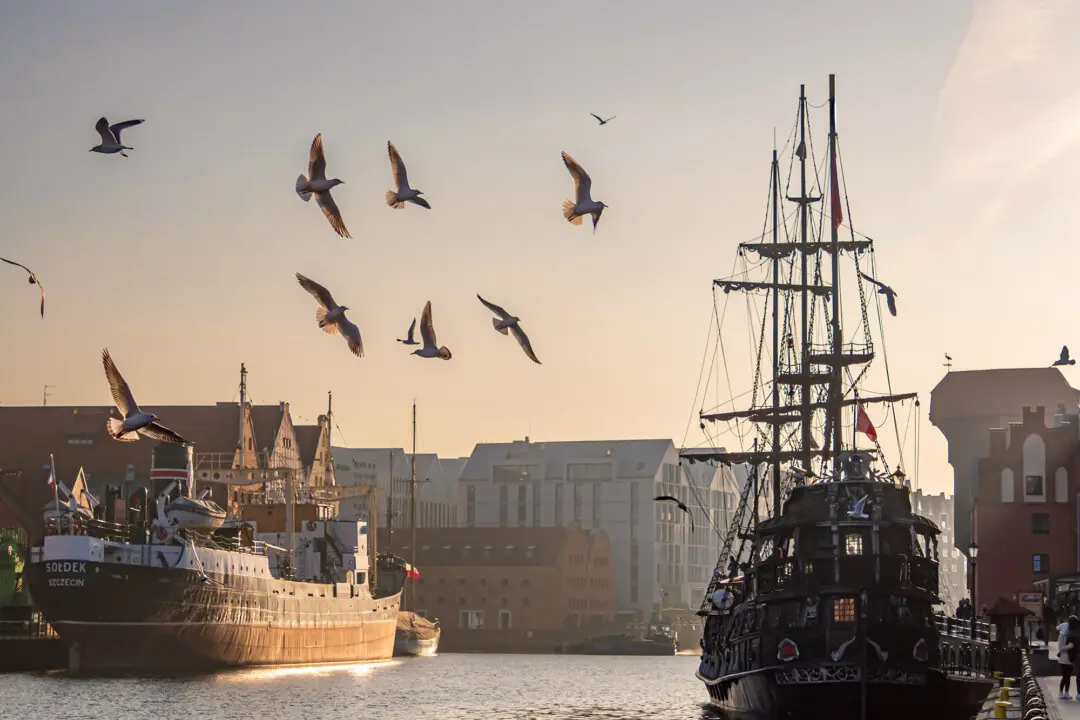Everybody on the boat was holding their breath. A stressful situation, one that was nothing less than life and death. One literally nobody had expected on a sunny, summer Sunday.
Since leaving Albufeira, we had encountered wonder after wonder. First, a little voyage west, along sandstone cliffs. Then, making the turn out to sea to seek out some dolphins, we spotted a shape in the water, struggling in the waves. The boat slowed, and we got a better look. Moments later, a daring rescue plan was fully in motion.





